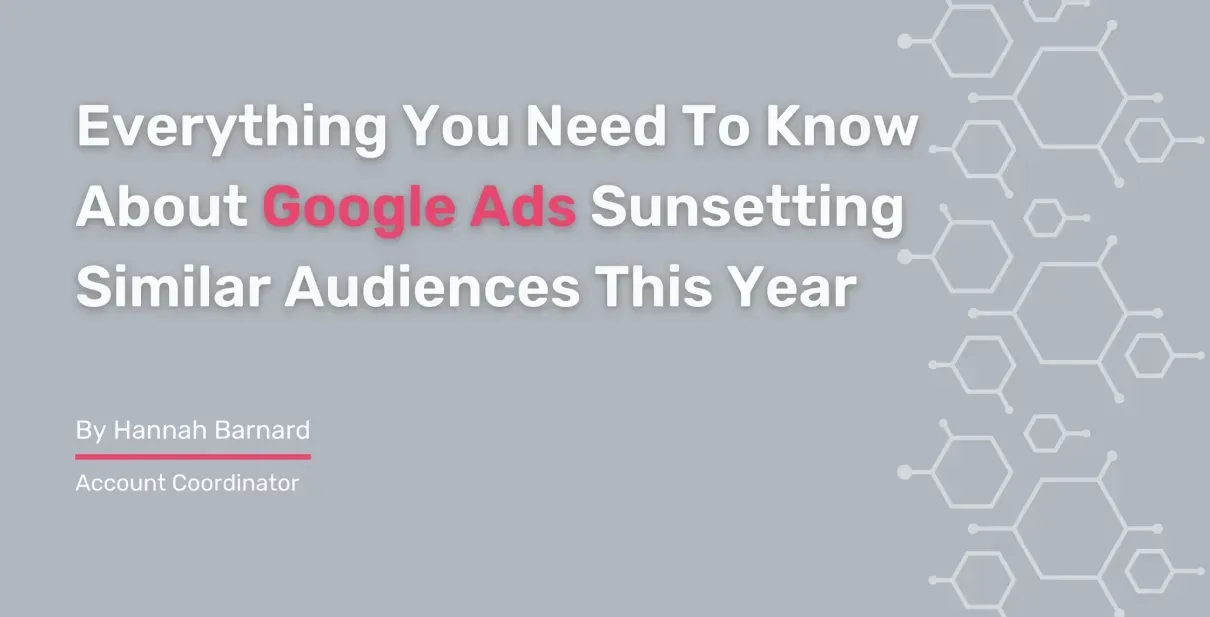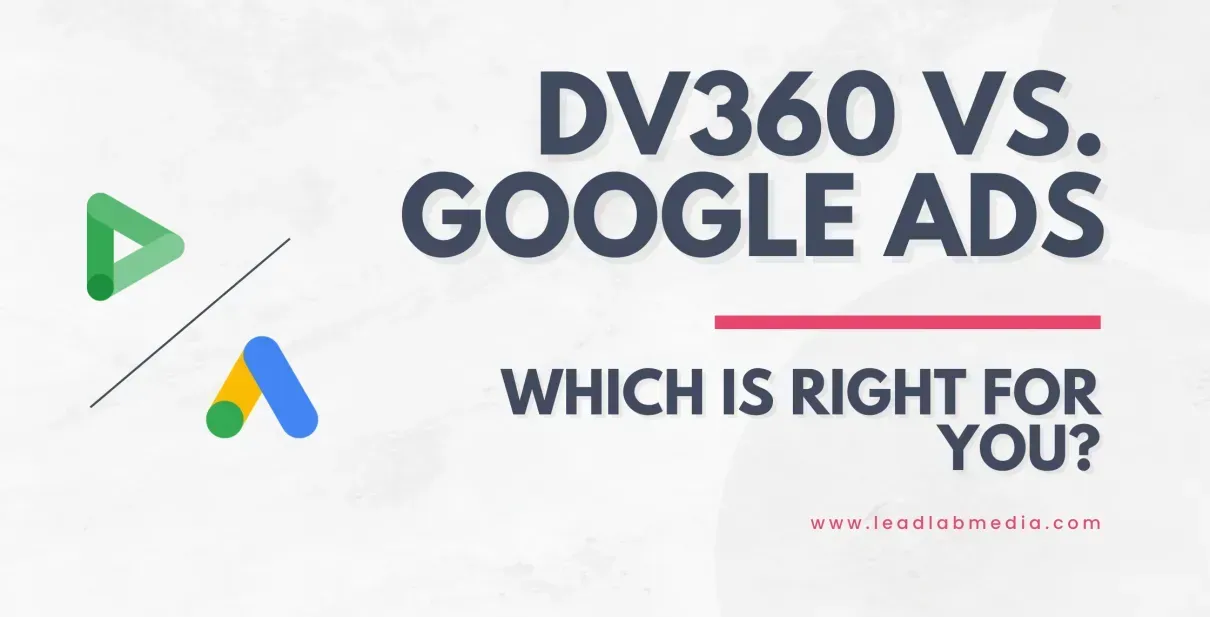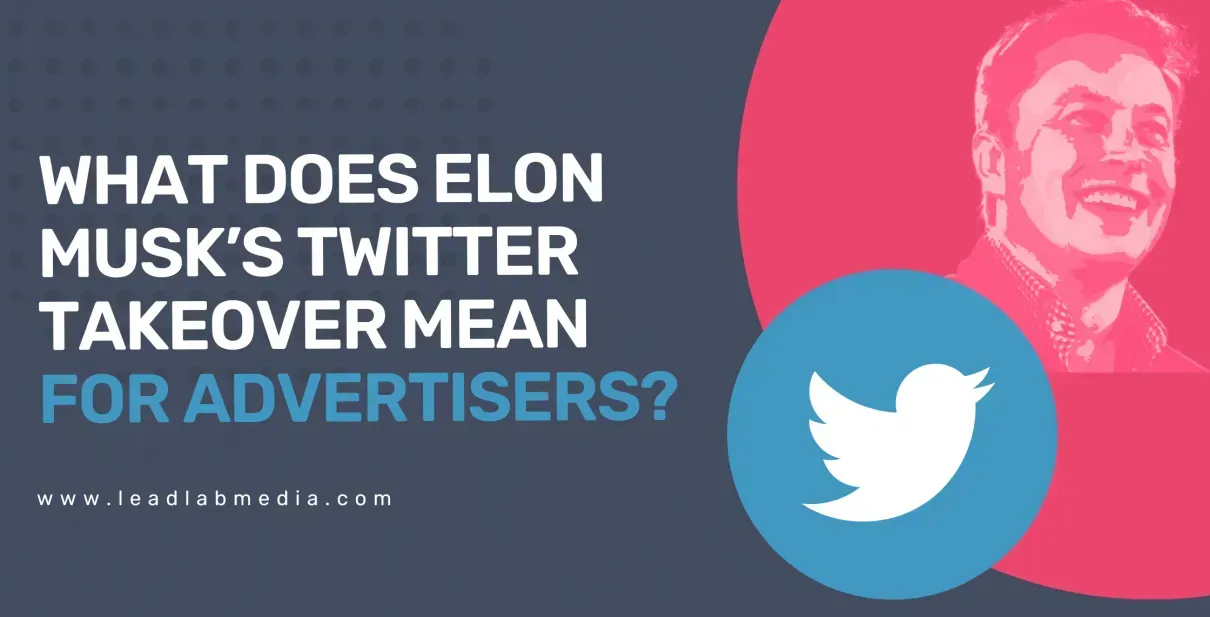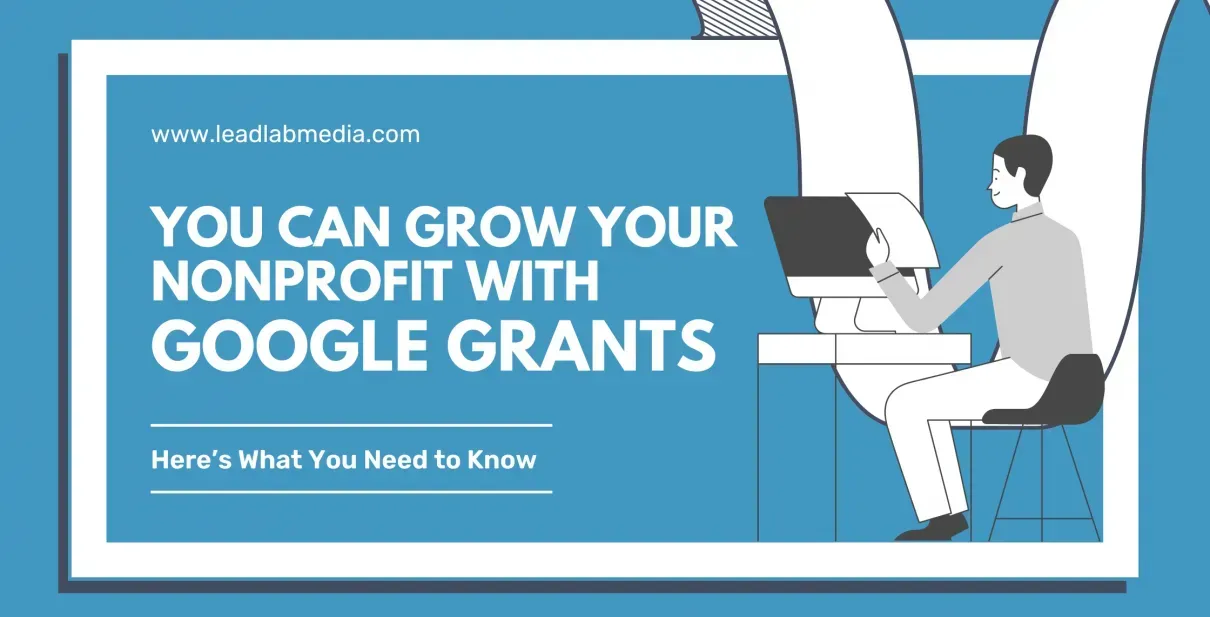Everything You Need to Know About Google Ads Sunsetting Similar Audiences this Year

If you’re a Google Ads user, you may have noticed the recent announcement that Google Ads is getting rid of similar segments targeting in May – August of 2023. This change comes as part of Google’s ongoing effort to prioritize user privacy and limit the use of third-party data.
What are Similar Segments and Why Are They Going Away?
Similar audiences are essentially Google’s version of lookalike audiences. Similar segment targeting is a feature in Google Ads that allows advertisers to target users who share characteristics with their existing customers or website visitors.
Similar segments are useful for reaching and targeting people similar to your site visitors, while also simplifying the audience expansion process with the overarching goal of acquiring new customers.
As part of Google’s commitment to user privacy, the company has been phasing out the use of third-party data in its advertising products. Similar segment targeting relies on third-party data to identify users with similar characteristics to a brand’s existing customers or website visitors, and Google has decided to discontinue this feature to limit the use of third-party data in its advertising products.
Unlocking the Power of Optimized Targeting: A Smarter Alternative to Similar Segments in Google Ads
Optimized targeting is a machine learning-based feature in Google Ads that helps advertisers find the most relevant audience for their ads. It uses real-time data and analyzes user behavior to determine the most likely potential customers to engage with an ad. This feature considers a range of factors such as search history, website visits, ad interactions, and other relevant data to build a profile of user interests and intent.
With optimized targeting, advertisers can expand their reach and target users who are most likely to take action, ultimately leading to increased conversions and cost savings. It’s a good alternative to similar segments for Display, Discovery, and Video action campaigns.
Expanding Your Reach: Understanding Audience Expansion as a Powerful Alternative to Similar Segments in Google Ads
Audience expansion in Google Ads finds new potential customers with similar traits to your existing audience through machine learning algorithms. First, you need an existing audience like a remarketing list or customer match list. It’s ideal for YouTube Awareness and Reach Video or Consideration Video Campaigns. With audience expansion turned on, Google Ads shows your ads to new users with similar demographics and interests automatically, helping you expand your reach with ease.
Google Ads’ audience expansion can help advertisers reach potential customers with similar interests and characteristics, saving time and improving campaign performance. However, audience expansion requires a large enough audience to analyze, so alternative targeting options may be necessary until enough data is available.
Our Recommendations
1. Turn on Optimized Targeting Now
By turning on optimized targeting before similar segments are removed from Google Ads, advertisers can proactively find new potential customers and maintain their campaign’s reach. This can help advertisers understand their target audience better and ensure that their campaigns continue to reach relevant users. Doing so can minimize the impact of the removal of similar segments and enable advertisers to run effective campaigns.
2. Don’t Enable Optimized Targeting for Remarketing Campaigns & Ad Groups
Optimized targeting may not be the best option for remarketing campaigns because it is designed to find new users based on their behavior and characteristics, rather than targeting users who have already interacted with your brand. Additionally, optimized targeting may lead to increased costs and lower conversion rates for remarketing campaigns as it may target users who are less likely to convert than your existing remarketing audience. It’s important to consider the specific goals and audience of a remarketing campaign before deciding whether to use optimized targeting.
3. Get Started Early
As similar segment targeting is removed in Google Ads, advertisers should be proactive and explore alternative targeting options, like optimized targeting and audience expansion. It’s also important to refine ad copy and creatives, optimize landing pages, and monitor performance, to ensure that campaigns continue to stay relevant and successful amidst these targeting changes. By taking these steps, advertisers can reduce the impact of the removal and continue to reach the most relevant users.
Conclusion
Overall, the key to success in the post-similar segments era is adaptability and a willingness to try new strategies. By staying informed, testing new targeting options, and constantly refining their campaigns, advertisers can maintain and even improve their performance in Google Ads.









